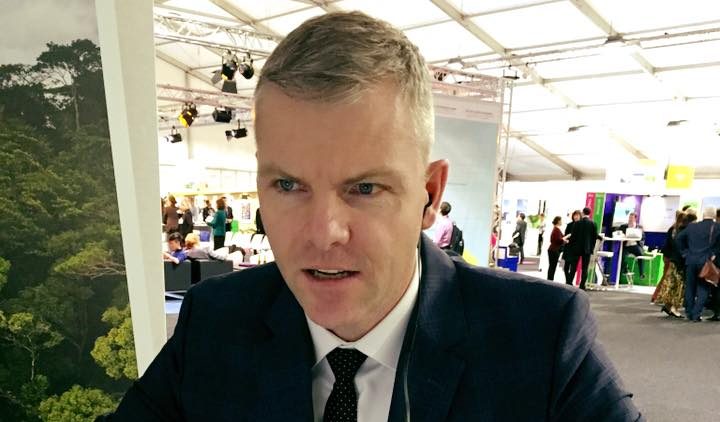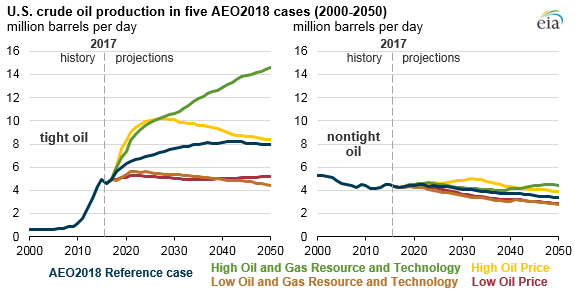
Canadian oil and natural gas investment dropped 19% in 2017 from previous year levels
A new economic report released by the Canadian Association of Petroleum Producers(CAPP) claims that rising government costs, the burden of inefficient regulations, and lack of infrastructure is undermining investor confidence in the Canadian oil and gas sector.
The report, A Global Vision for Canadian Oil and Natural Gas, says that around the world capital investment in the oil and natural gas sector increased globally in 2017, but was down in Canada. Total capital spending on Canadian oil and natural gas was $45 billion in 2017, down 19 per cent from 2016 and 46 per cent from 2014.
In comparison, capital spending on oil and natural gas in the United States last year increased by 38 per cent to $120 billion. It’s taken Canada 150 years to grow its oil and natural gas production to current levels and only eight years for the US to accomplish the same, according to the CAPP study.
Much of the oil and gas production boom in the United States can be attributed to a new wave of drilling in tight shale oil and gas reserves, previously not economically viable until the introduction of new hydraulic fracturing technology and innovation.

The majority of US oil and gas reserves are located off the Atlantic and Pacific ocean coasts, and in the Gulf of Mexico, including three of the top five oil producing states (Texas, Alaska, and California).
Alberta and Saskatchewan, however, are land locked between mountains, and are a minimum of 1,000 kilometers to the closest coastline, making Canada’s oil more costly to transport and reach markets world wide.
At present, Canada’s four million b/d pipeline network is full and will continue to see increased constraints by 2030 when Canadian oil supply is expected to grow to 5.4 million b/d.
A recent study from the right leaning C.D. Howe institute showed that the biggest competitive cost for Canadian energy producers was the lack of shipping to market and the recent tax changes in the US The same study found carbon taxes have played a minor role in Canadian energy production costs.
“Today Canada’s No. 1 energy customer – the US – has become our No. 1 energy competitor. If we do not export Canadian energy, we will just be exporting Canadian jobs. In Canada we need pipelines – not barricades – to supply the world with more Canadian energy,” said Tim McMillan, CAPP President and CEO.
Capital investment in Canada’s energy sector generates economic activity across the country, spurring job creation and growth for all levels of government – including about $19 billion in annual government revenues in 2015 and 533,000 jobs across the nation in 2017, according to CAPP.
The International Energy Agency (IEA) forecasts that although renewable energy is on the rise, oil and natural gas will continue to make up the largest part of the total energy mix with increased urbanization and population growth, accounting for 52 per cent of the total energy demand by 2040.
This analysis leads CAPP to call on the federal government to establish a four-part vision for the oil and natural gas sector that creates jobs for Canadians and national prosperity.
- Global connection for Canada’s oil and natural gas resources is essential.
- Globally competitive policies that increase the country’s ability to attract capital are needed to create jobs and national prosperity.
- Any climate plan must be comparable to other jurisdictions competing for the same global capital.
- Government policies must spur and accelerate innovation and technology in the oil and natural gas sector.
“The world wants more Canadian energy, now and for the future. In an international survey of citizens from more than 30 countries, Canada was ranked No. 1 as the global supplier of choice for energy,” said McMillan.


Be the first to comment